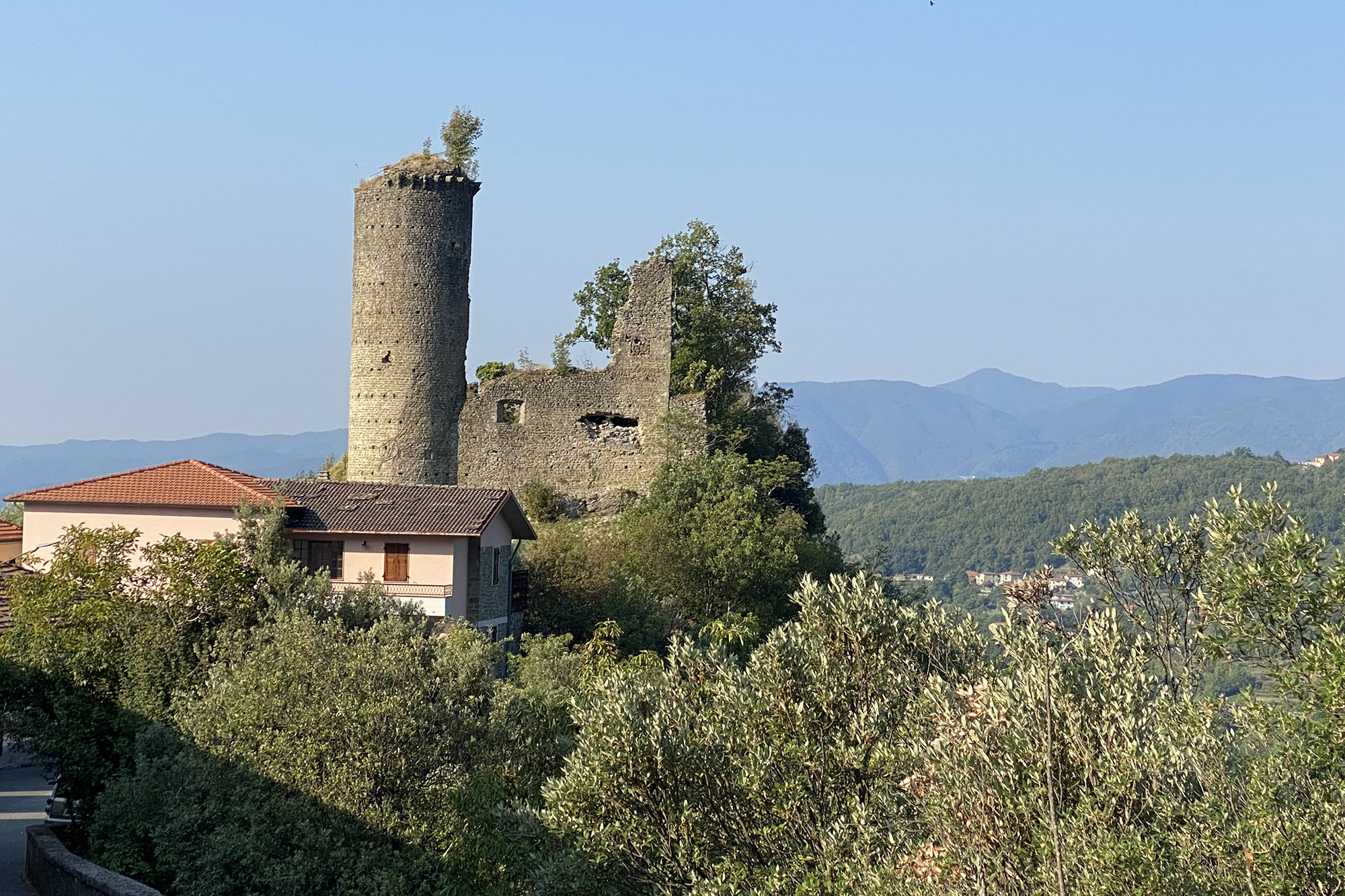
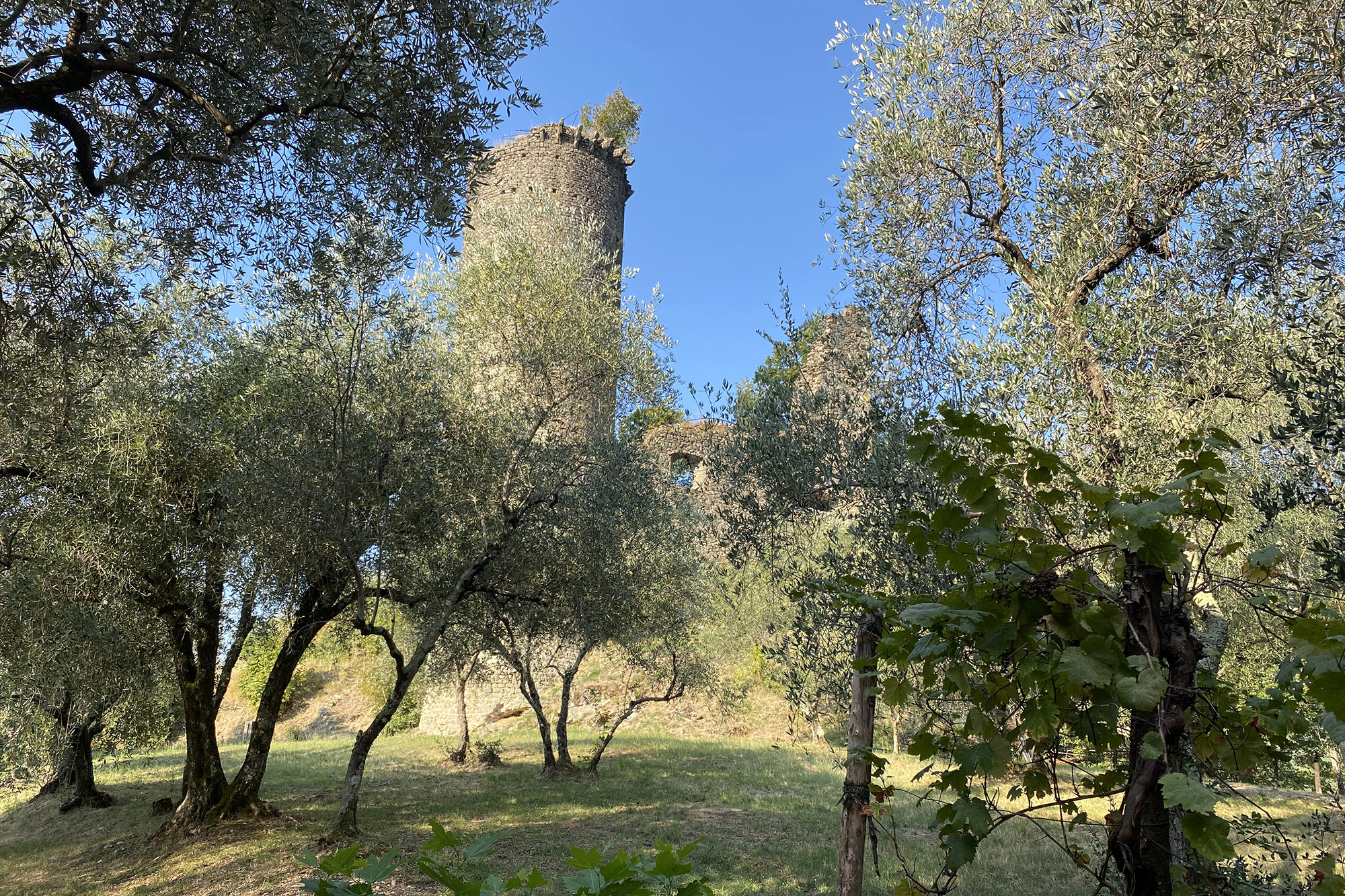
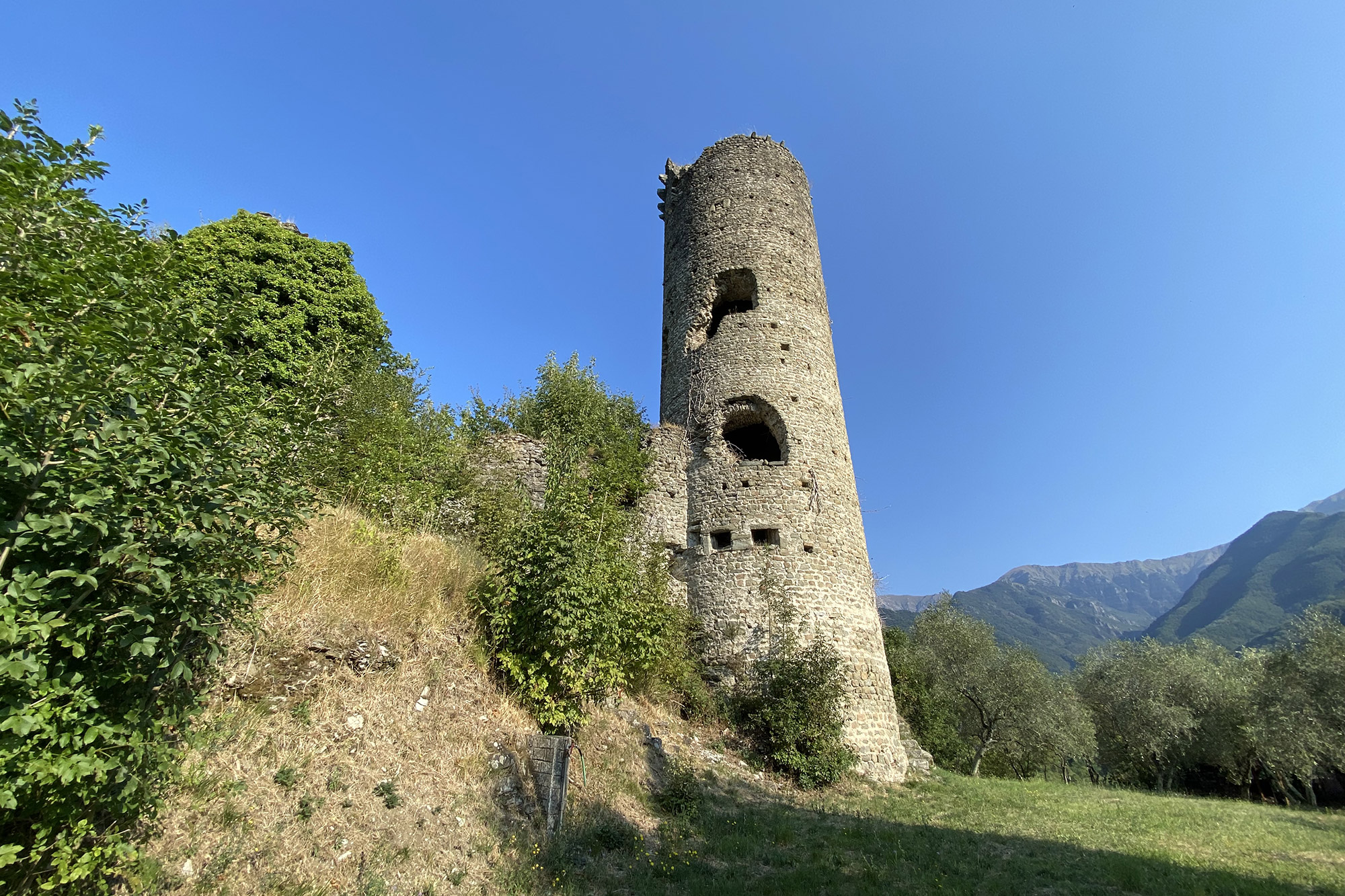
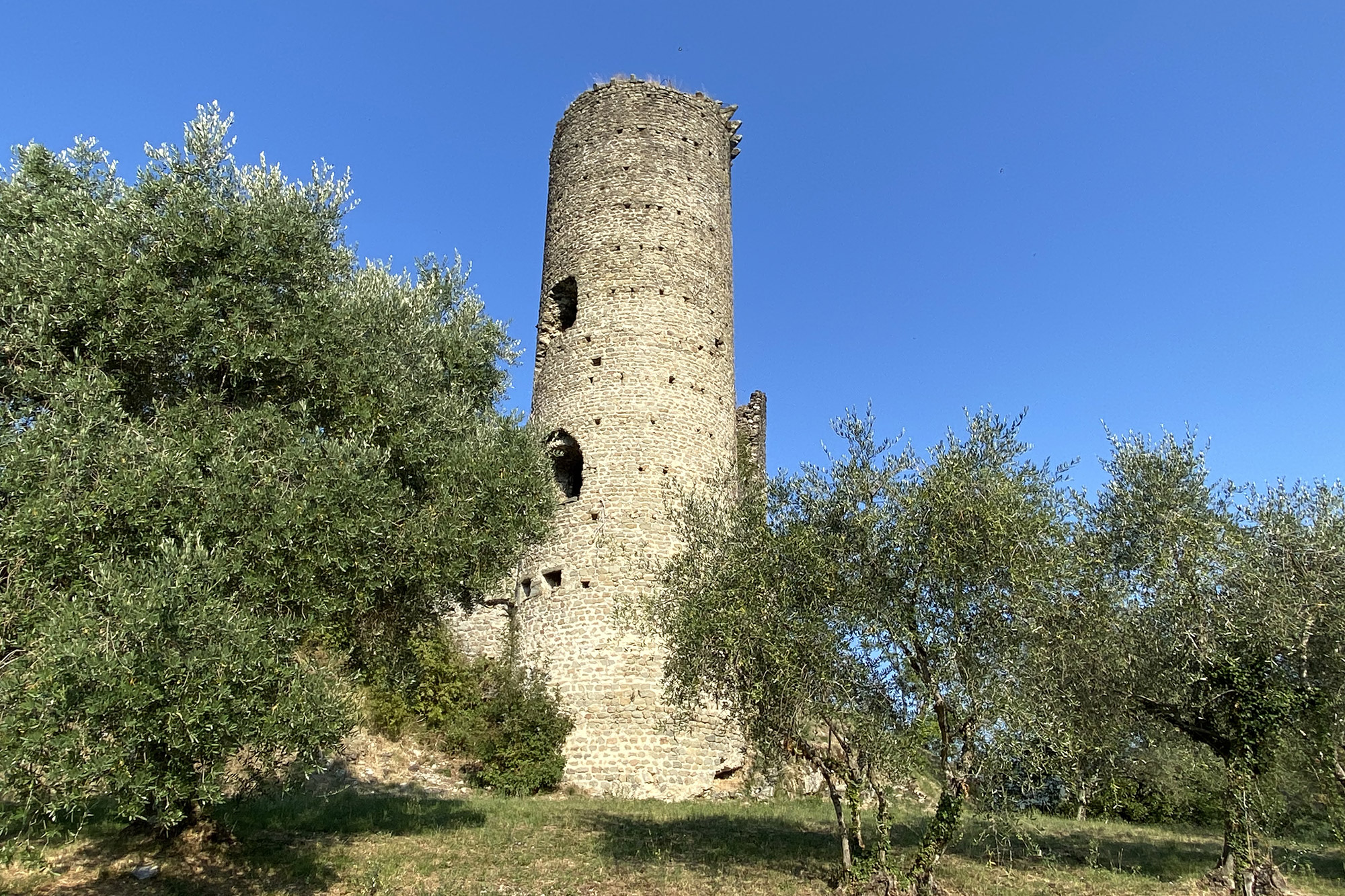
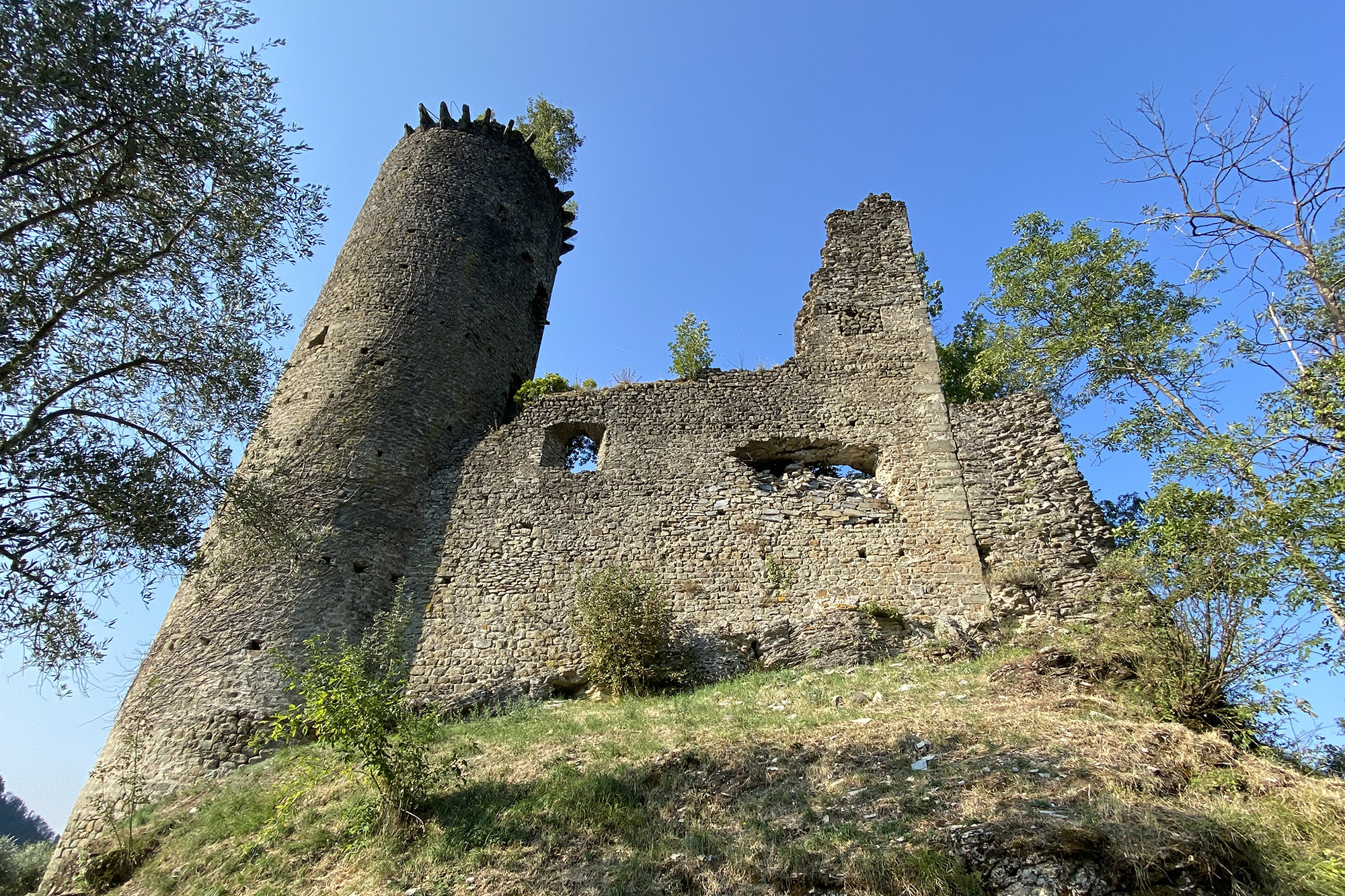
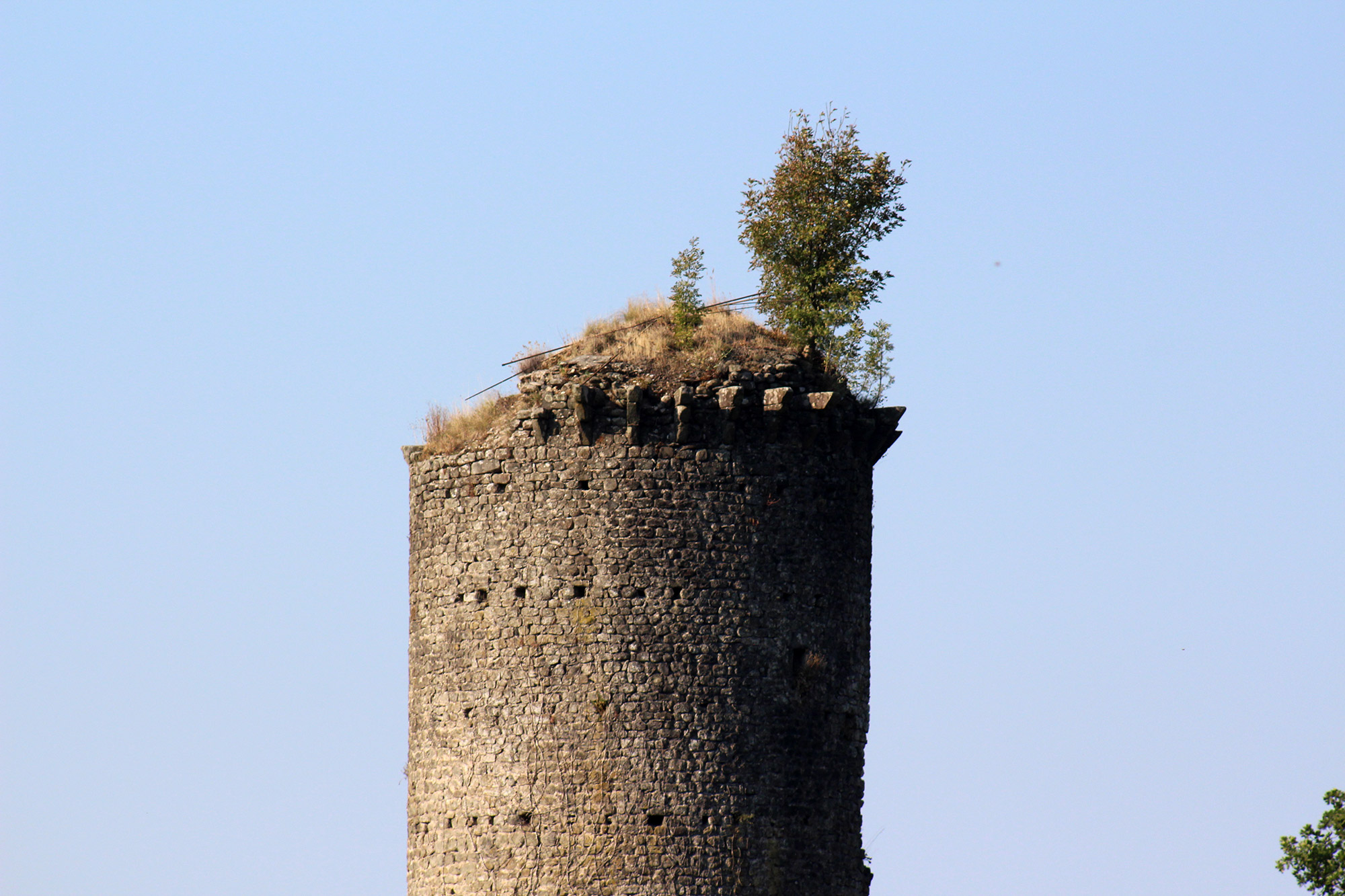
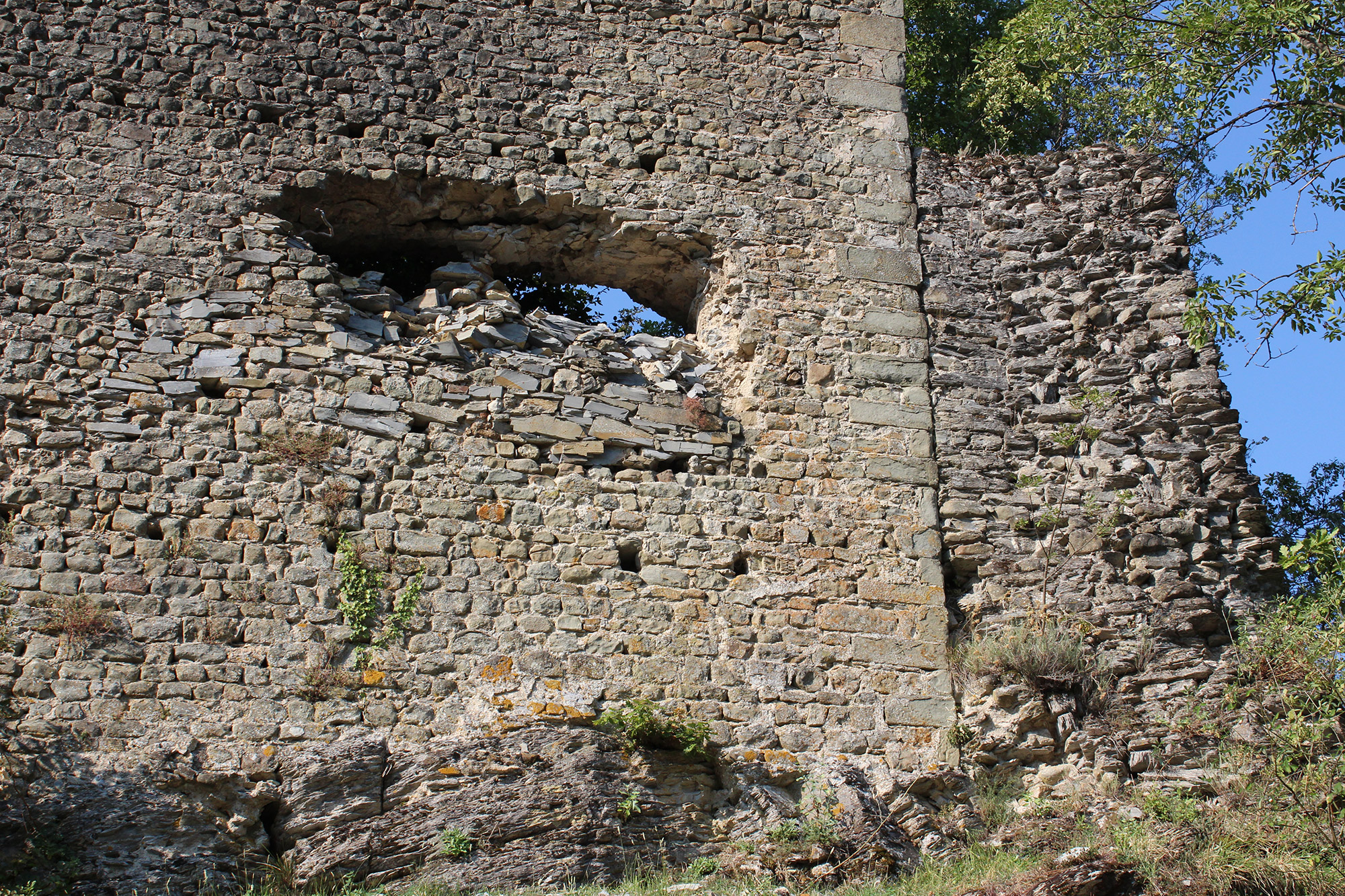
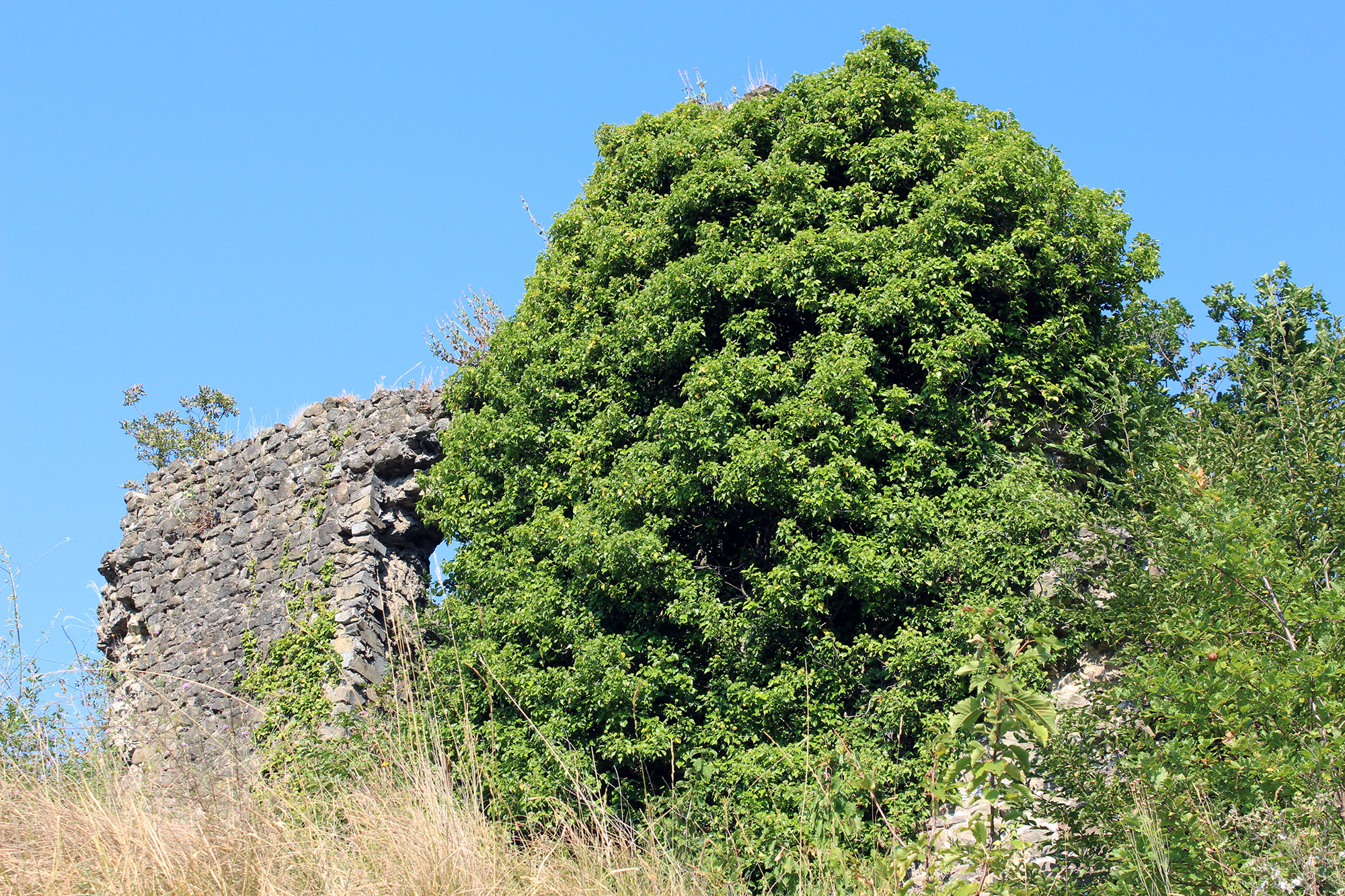
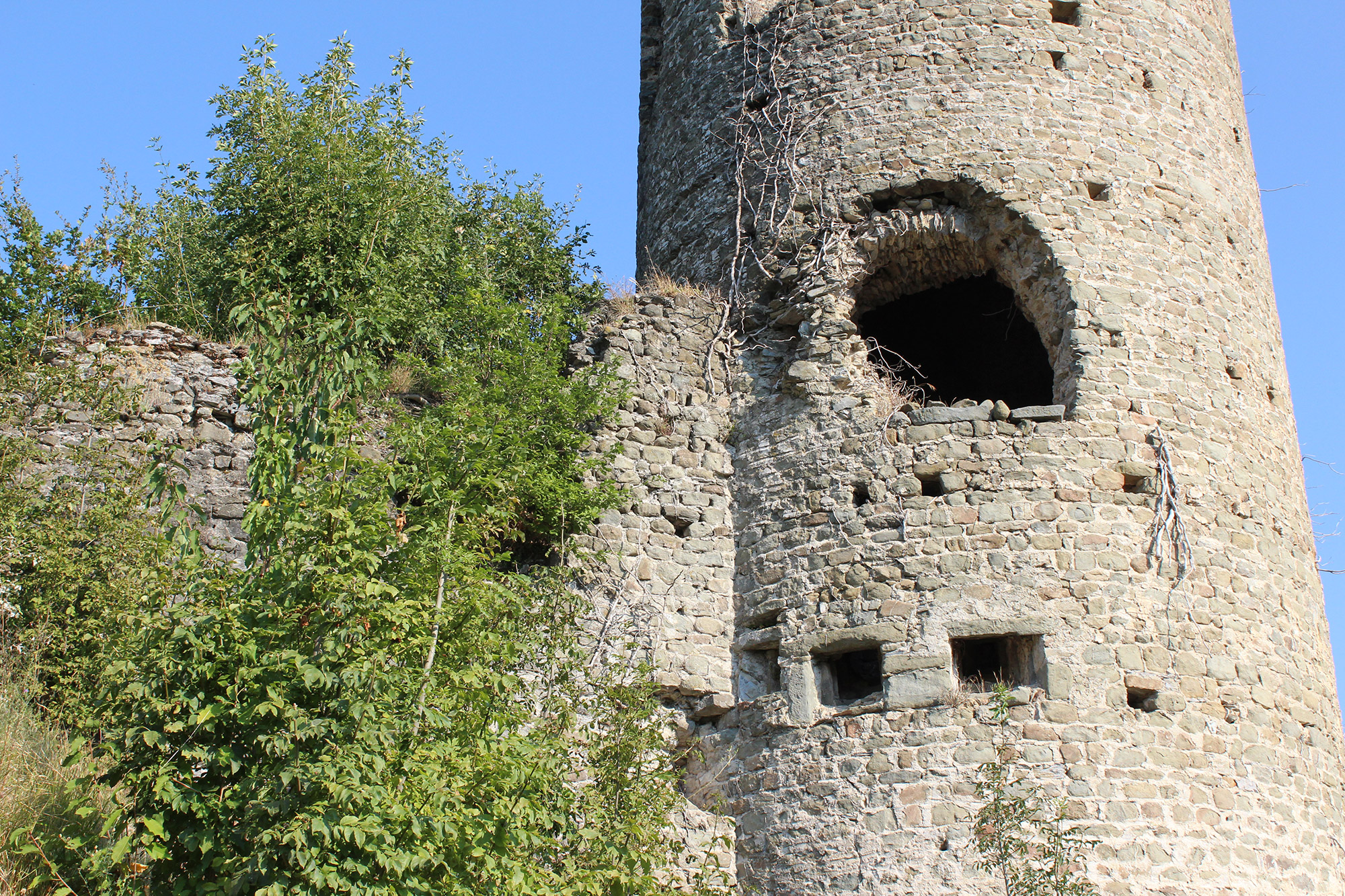









How to reach
The ancient village of Treschietto, dominated by the ruins of its castle, crown a rocky spur just under the mount Orsaro, in the high valley of the Bagnone river. It is reachable following the A11 Firenze-Mare until Lucca, from here the A12 Genova-Livorno, this one until the motorway crossing with the A15 Parma-La Spezia. Exit the A15 at ' Aulla' and follow the SS62 until Villafranca in Lunigiana, from here the SP26 that lead us to Bagnone. Passed this village you will find the indications for Treschietto [after the main bridge continue on your left]. At every crossroads without indications you've always to follow the road on the right.
History
Treschietto has been an important stronghold overhanging a tight valley, crossable exclusively through two little stone bridges, accessible only via mule tracks and encircled by the streams Aquetta to the west, the Bagnone to south and Tanagorda to the northeast. Its importance was due to its position, obliged passage between water courses and deep valleys. The inhabited area is divided in five parts: Castle, on the higher crest, the Chiesa, Querceto, Palestro and Valle. Until 1950, year of opening of the modern road, the village was practically inaccessible. Treschietto was dominion of marquises Malaspina of the Spino Fiorito of Filattiera. The fief was granted, after the hereditary division of the 1351, to Giovanni Malaspina called 'Berretto', that erected the castle and used it as main residence.
The territory was formed from the main town and the villas of Agnola, Corlaga, Finale, Iera, Leorgio (Leugio), Palestro, Stazzone and Vico but as result of another hereditary divisions Corlaga Iera and Vico become together a new independent fief. In 1698 marquis Ferdinand, the last of the dynasty, sold its fief to the Gran Duke Cosimo III. The Treschietto, with its territory, was yielded to the Prince Corsini of Florence, in 1800 it was occupied by the French and in 1814 joined to the Stati Estensi of the Lunigiana. From 1805 to 1849 it was seat of Commune, then was aggregate to the one of Bagnone.
The ruins of the castle, on a private porperty, are accessible only from the northeast side and are constituted from what remains of the external quadrilateral walled enclosure, once extended on the whole crest of the rocky hill, over helmed by the slender circular tower, today partially cut off by a lightning but formerly crowned by crenellations and machicolations supported by brackets in stone, of which today only few traces remain.
The shape of the castle its similar to the one of great part of other Malspina's castles, for example the near Malgrate and Comano, and this let us suppose that the builders used for their construction were the same. Of the inner buildings remain little traces. Also the castle's chapel, the apse is still identifiable, has been covered from the landslide of the defensive structures. The complex is today invaded by vegetation and at perennial risk of ulterior collapses.